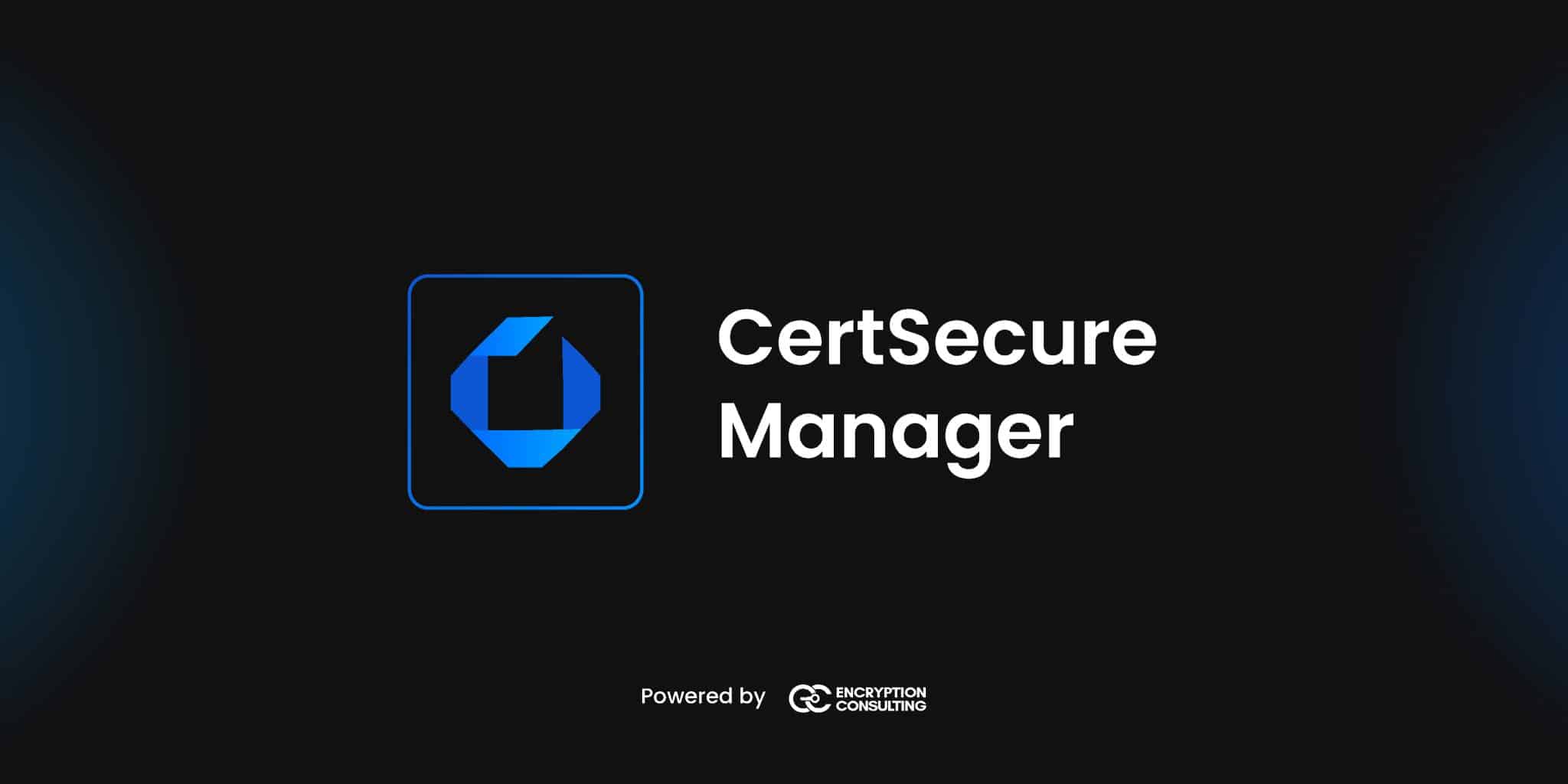Certificate Lifecycle Management
Configure Group Policy to Auto-enroll Windows devices

Certificate Lifecycle Management

In an Active Directory environment, you can leverage Group Policy to streamline the enrollment process for your domain-joined devices, which means that you can use Group Policy to automatically enroll devices into a management system like Mobile Device Management (MDM), such as Microsoft Intune. This is beneficial for organizations that have a large number of corporate devices or Bring Your Own Device (BYOD) and want to ensure that they are all enrolled in PKI for proper management and security.
When you create a Group Policy in your local Active Directory, it essentially triggers the auto-enrollment process into Microsoft Entra ID and without any user interaction you will be able to roll out Microsoft Entra ID enrollment to thousands of devices seamlessly. Here’s the key usage of auto-enrollment:
Select New to create a new GPO.

Name the GPO (e.g., Auto-enrollment).

Right-click on the newly created GPO and select Edit.

In the Group Policy Management Editor, navigate to:
Computer Configuration > Policies > Windows Settings > Security Settings > Public Key Policies.
Right-click on Certificate Services Client – Auto-Enrollment and select Properties.

In the Auto-Enrollment Policy Configuration window, configure as follows:
Check the boxes for:
1. Renew expired certificates, update pending certificates, and remove revoked certificates.
2. Update certificates that use certificate templates.
Set a percentage for certificate expiry notifications if needed (e.g., 10%).

Select Link an Existing GPO.

In the Select GPO window, choose the Auto-enrollment GPO you just created.

After linking the GPO, ensure that the Enforced column is set to Yes.

If it is not enforced, do the following:
Check under the EnterpriseMgmt folder for tasks created by the enrollment client, ensuring the auto-enrollment task is ready and scheduled.

Run the following command to update group policies: gpupdate or gpupdate /force

In Command Prompt, run the following command to check the applied policies: gpresult /r

Now, let’s understand the benefits of using this auto-enrollment approach:
Encryption Consulting provides specialized services to identify vulnerabilities and mitigate risks by providing PKI Services. Our strategic guidance aligns PKI solutions with organizational objectives, enhancing efficiency and minimizing costs. By partnering with Encryption Consulting, organizations can unlock the full potential of PKI solutions, realizing tangible financial benefits while maintaining strong security measures.
CertSecure Manager has a comprehensive suite of lifecycle management features. From discovery and inventory to issuance, deployment, renewal, revocation, and reporting. CertSecure provides an all-encompassing solution. Intelligent report generation, alerting, automation, automatic deployment onto servers, and certificate enrollment add layers of sophistication, making it a versatile and intelligent asset.
In conclusion, Group Policy auto-enrollment offers an efficient and streamlined solution for enrolling and managing domain-joined devices within an Active Directory environment. By automating the enrollment process, organizations can save time, ensure consistent application of policies across all devices, and enhance security management.
This approach not only simplifies device enrollment for IT teams but also provides a smooth, uninterrupted experience for end-users. With the benefits of time-efficiency, policy consistency, and improved user experience, auto-enrollment can play a critical role in maintaining a secure and compliant organizational environment.

February 11, 2025

February 6, 2025

December 24, 2024